Type 1 vs. Type 2 Diabetes: What’s the Difference?
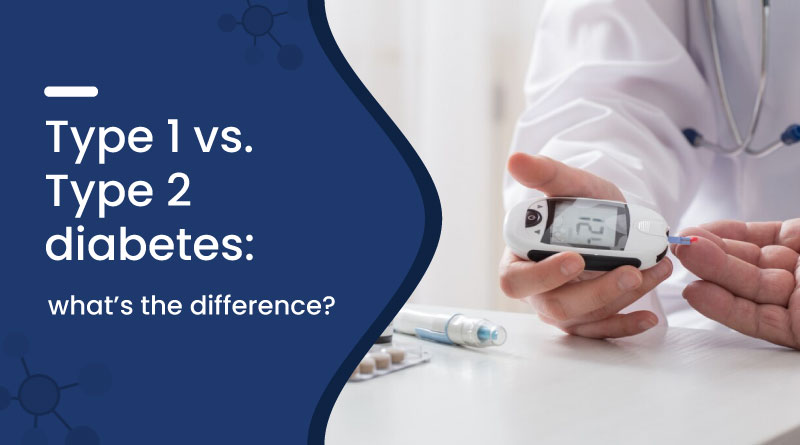

Type 1 Diabetes is a chronic autoimmune disease in which the body's immune system attacks and destroys beta cells (insulin-producing) in the pancreas, causing insulin deficiency and high blood sugar levels. Type 2 Diabetes is a chronic disease that occurs due to insulin resistance, the body is not able to produce sufficient insulin and use it effectively, leading to high blood sugar Levels.
Key Differences:
- Insulin Production: Type 1 diabetes results in no insulin production, while Type 2 diabetes involves a lack of insulin production or the body's not able to use it effectively.
- Cause: Type 1 diabetes is an autoimmune disorder, while diabetes is caused by lifestyle changes such as obesity, lack of physical activity, and genetics, while Type 2 diabetes is caused by insulin resistance and beta cell dysfunction.
- Development: Type 1 diabetes most often develops in childhood (4-6 years) or adolescence, while Type 2 diabetes develops gradually in adulthood (after age 45), but it can also affect young adults.
- Treatment: Type 1 diabetes requires long-term insulin therapy, while lifestyle changes, medications, and conditional insulin use manage Type 2 diabetes.
Type 1 Diabetes: What Is It?
Type 1 diabetes or insulin-dependent diabetes mellitus (IDDM): It is an autoimmune disease in which the body's immune system attacks and destroys insulin-producing beta cells, resulting in insulin deficiency. Insulin is responsible for the metabolism (digestion) of glucose and provides energy to the cells.
Type 2 diabetes or Non-insulin-dependent diabetes mellitus (NIDDM): It is a chronic disease that occurs due to insulin resistance and insufficient insulin production.
Type 1 vs. Type 2 Diabetes: Side-by-Side Comparison:
| Characterstics | Type 1 Diabetes | Type 2 Diabetes |
|---|---|---|
| Cause | Destruction of insulin-producing beta cells | Insulin resistance and beta cell dysfunction |
| Onset | Typically childhood or adolescence | Usually adulthood, but it can happen at a young age. |
| Onset Speed | Sudden | Gradual |
| Insulin production | No or little insulin production | Decrease insulin production |
| Treatment | Insulin injections | Lifestyle changes, oral medications, and conditional insulin use. |
| Family history | Less common | More common |
| Prevention | Not preventable | Preventable |
| Body weight | Normal or underweight | Overweight |
| Blood sugar control | Need constant monitoring and insulin | Managed with a balanced diet, exercise, and medicines. |
| Prevalence | 5–10% of diabetes cases | 90-95% of diabetes cases |
| Symptoms | Frequent urination, thirst, weight loss, fatigue | Fatigue, slow healing, blurred vision, and increased hunger |
| Diagnosis | Blood glucose monitoring and antibody test | Blood glucose monitoring, A1C, insulin, C-peptide levels |
| Ketosis Risk | High (if untreated) | Medium |
Symptoms of Type 1 diabetes:
- Excessive thirst and hunger
- Frequent urination
- Unexplained weight loss
- Blurred vision
- Mood changes
- Fatigue
Symptoms of Type 2 diabetes:
- Frequent urination
- Excessive thirst and hunger
- Slow wound healing
- Blurred vision
- Unexplained weight loss
- Fatigue
- Mood changes
Diagnosis and Tests:
Both type 1 and type 2 diabetes are diagnosed through blood glucose measurement tests, including the A1C, fasting blood glucose, random blood glucose test, oral glucose tolerance test, and antibody tests.
| Test Name | Type 1 Diabetes | Type 2 diabetes |
|---|---|---|
| Fasting Blood Glucose | ≥ 126 mg/dL (7.0 mmol/L) | ≥ 126 mg/dL (7.0 mmol/L) |
| Random Blood Glucose | ≥ 200 mg/dL (11.1 mmol/L) with symptoms | ≥ 200 mg/dL (11.1 mmol/L) with symptoms |
| Oral Glucose Tolerance Test (OGTT) | ≥ 200 mg/dL (11.1 mmol/L) after 2 hours | ≥ 200 mg/dL (11.1 mmol/L) after 2 hours |
| Autoantibody Tests | Positive (GAD, IAA, and ZnT8 antibodies) | Negative |
| Ketone Testing | Often positive | Rarely positive |
| Insulin Levels | Low | Normal or High |
| C-Peptide Test | Low (low insulin production) | High (insulin resistance) |
| HbA1c (Glycated Hemoglobin) | ≥ 6.5% | ≥ 6.5% |
Treatment Options: Type 1 vs. Type 2 Diabetes
Different treatment methods are used to treat Type 1 and Type 2 Diabetes. Insulin injections or an insulin pump are used for the long time blood glucose management of Type 1. While Type 2 diabetes requires lifestyle changes, a balanced diet, exercise, and oral or injectable medications, including insulin if needed.
| Treatment Options | Type 1 Diabetes | Type 2 Diabetes |
|---|---|---|
| Insulin Therapy | Needed | Condiional |
| Oral Medications | Ineffctive | Effective (Metformin, SGLT2) |
| Pancreas Transplant | some cases | Rare |
| Lifestyle Changes | Balance diet, regular exercise, and blood glucose monitoring | Necessary first-line treatment (Balance diet, regular exercise, and blood glucose monitoring) |
| Blood Sugar Monitoring | Frequent | Regular |
| Continuous Glucose Monitor (CGM) | Recommended | Increase use with Insulin. |
| Insulin Pump | Commonly used | Conditional use |
| Pancreas Transplant | Conditional | Rarely |
Complications of Diabetes:
Uncontrolled blood glucose levels for a long time lead to severe diabetes complications such as
| Category | Complication | Symptoms |
|---|---|---|
| Acute | Hypoglycemia | Decrease blood glucose level |
| Acute | Hyperglycemia | Increase blood glucose level |
| Acute | Hyperosmolar Hyperglycemic State (HHS) | Excess dehydration and urination due to Hyperglycemia |
| Acute | Diabetic Ketoacidosis (DKA) | Breakdown of fat and the production of ketone bodies due to low insulin levels. |
| Chronic | Nephropathy (Kidney Disease) | Kidney Damage |
| Chronic | Neuropathy | Nerve Damage, tingling pain, and numbness |
| Chronic | Retinopathy (Eye Disease) | Retinal damage |
| Chronic | Hearing Impairment | High Risk of hearing loss |
| Chronic | Cognitive Impairment | Difficulty thinking and remembering. |
| Chronic | Skin Conditions | Bacterial and fungal infections |
Can You Prevent Diabetes?
Yes, lifestyle changes such as a balanced diet, moderate exercise, regular sleep, and avoiding smoking can prevent diabetes or reduce associated risk.
Also Read - Sugar Medicine Name
Actionable tips for managing diabetes:
- Balance diet, Regular exercise, Weight management, limit processed foods, avoid smoking, limit alcohol use, stress management (by Yoga and meditation), Hydration, Quality sleep, and regular check-up are some actionable tips for managing diabetes.
| Actionable tips | Summary |
|---|---|
| Balance diet | Take whole grains, fruits, vegetables, lean proteins, and healthy fats such as omega-3. |
| Regular exercise | Do moderate exercise, walk at least 45 minutes/day, and do Yoga. |
| Weight management | Avoid a high-fat diet, use good fats such as Omega-3 |
| Limits processed and High sugar foods | Avoid cold drinks, snacks, and bread. |
| Avoid Smoking | It increases insulin resistance and diabetes risk |
| Limit Alcohol | Excessive alcohol intake may increase diabetes risk |
| Stress management | Use methods such as Yoga and meditation. |
| Keep Hydrated | Drink plenty of water as it hydrates the body and helps to control blood sugar |
| Regular sleep | Daily 8-hour quality sleep at night is good for health |
| Regular Health Checkup | Monitoring blood glucose, cholesterol, and blood pressure levels is necessary to control diabetes. |
Living with diabetes:
It is very challenging to live with diabetes with the correct approach, such as a balanced diet, regular exercise, stress management, the Right treatment approach, and regular Doctor consultation is necessary.
Summary:
Diabetes is a chronic disease caused by insufficient insulin production or decreased insulin activity (glucose breakdown), resulting in high blood sugar levels. Type 1 Diabetes is an autoimmune condition in which the body does not produce insulin. It requires lifelong insulin therapy. In Type 2 Diabetes, insulin resistance develops. Insufficient insulin production and a decrease in its activity occur, resulting in abnormal accumulation of the blood sugar level. Frequent urination, increased thirst and hunger, Blurred vision, Fatigue, and Slow healing of wounds are the common symptoms of diabetes. Family history, Obesity, poor diet, age, alcohol, and smoking are the risk factors for diabetes. Fasting blood sugar, A1C test, and an Oral glucose tolerance test are the methods to detect diabetes. Heart disease, renal impairment, and nerve damage are some complications associated with diabetes if it is uncontrolled. Regular exercise, balanced diet, monitoring blood sugar, oral medicine such as metformin, and SGLT2 are effective management and treatment approaches. With proper management, people with diabetes can live a long life. Education, support, lifestyle changes, and Doctor consultation are necessary.
Glimepiride (1mg) + Metformin Hydrochlor...
Glimepiride (1mg) + Metformin (1000mg) S...
Glimepiride (2mg) + Metformin (500mg)
Glimepiride (2mg) + Metformin (1000mg) (...
Glimepiride (1mg) + Metformin (500mg) +...
Glimepiride (3 mg) + Metformin Hydrochlo...
Glimepiride (1mg) + Metformin (500mg) +...
Glimepiride (2mg) + Metformin (500mg) +...

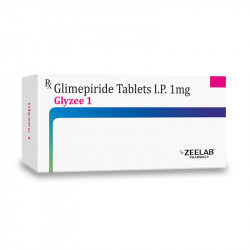
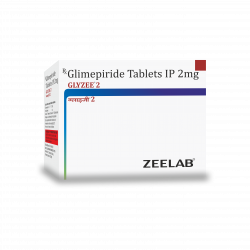
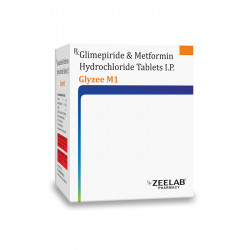
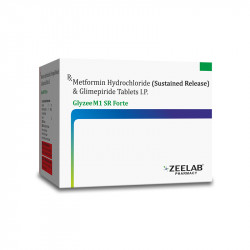

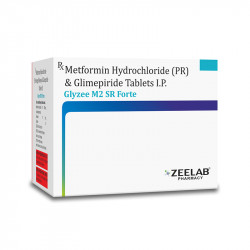
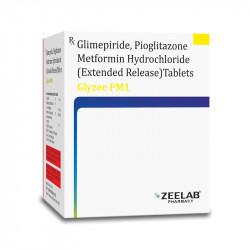
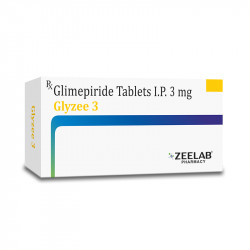
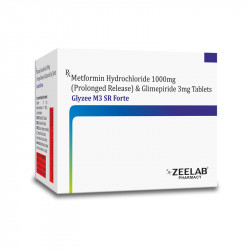
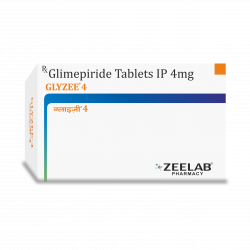
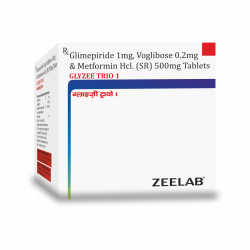
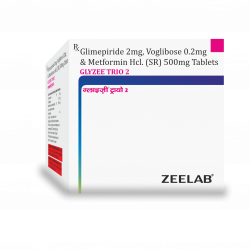


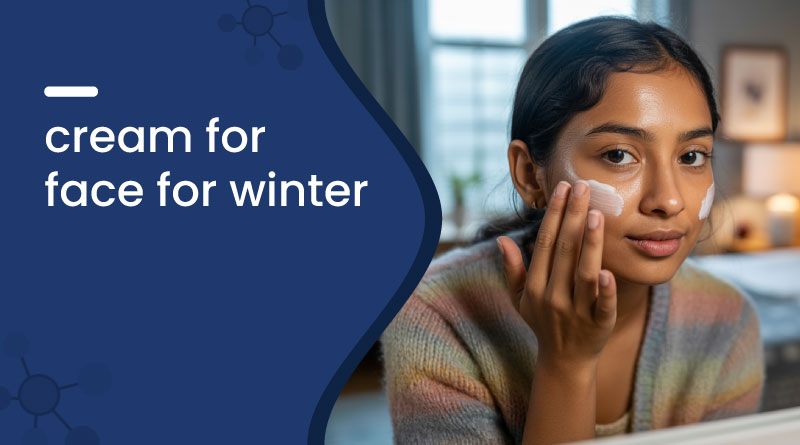
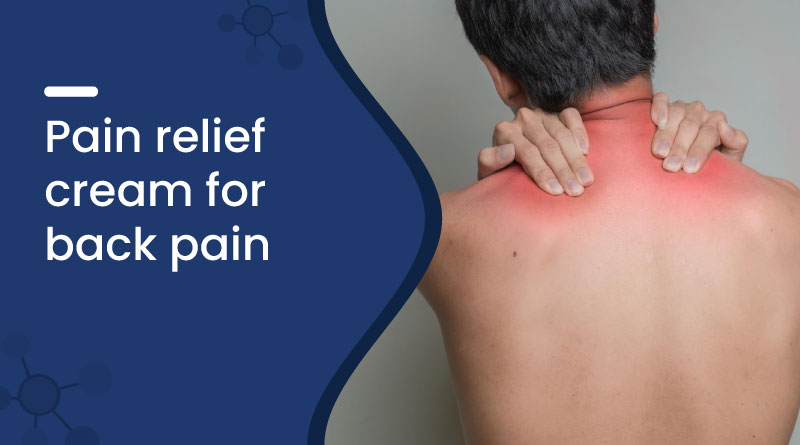
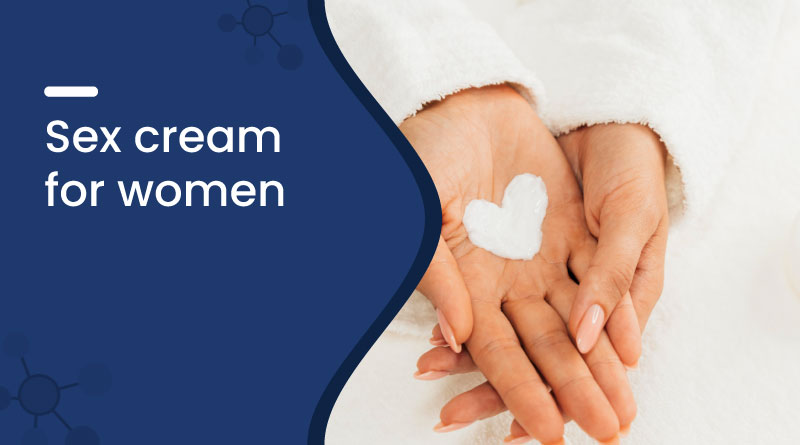
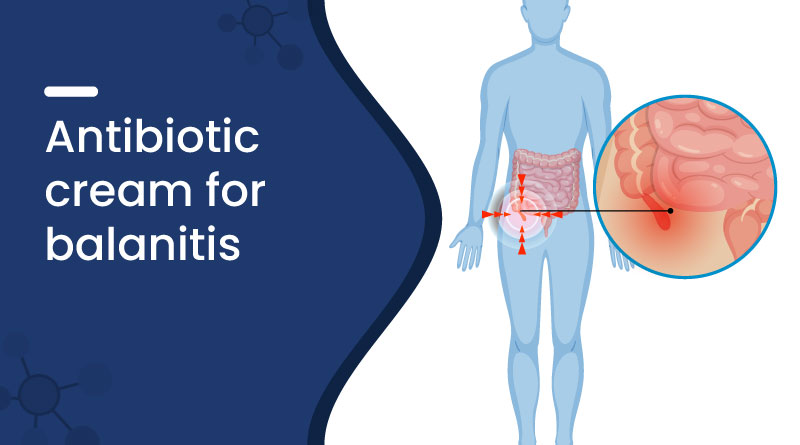
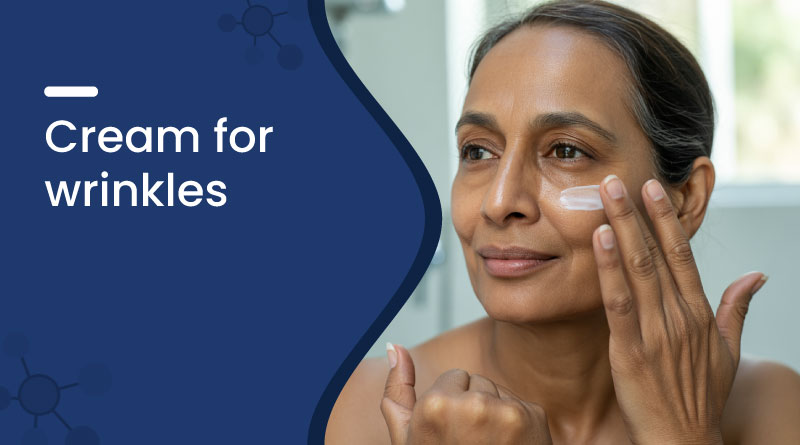









 Added!
Added!